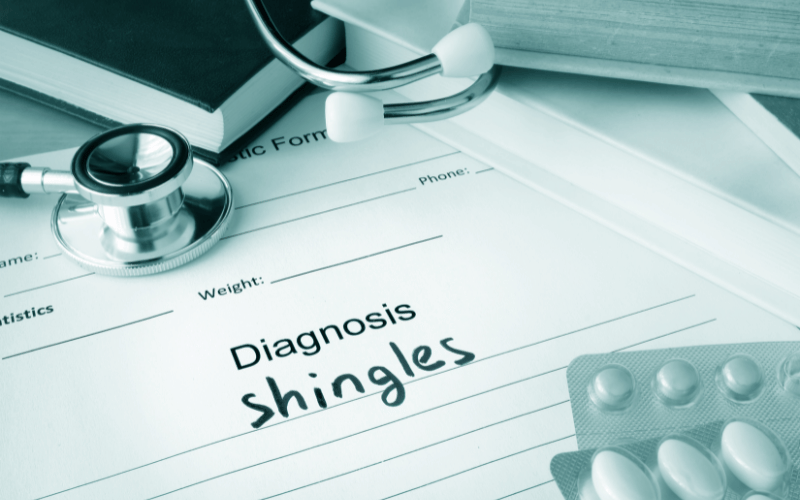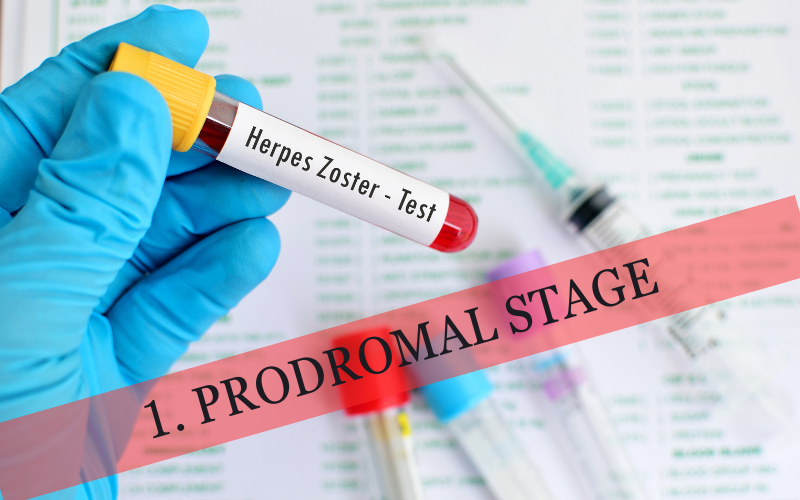Introduction: A Deeper Look into Shingles
Shingles, commonly known by its medical term “Herpes Zoster”, remains one of those conditions that many have heard of, but few truly understand. It’s more than just a rash; it’s a viral infection that can leave lasting effects if not promptly and correctly addressed.

For many, the term ‘shingles’ might conjure images of a painful, blistery rash. Yet, there’s a lot more beneath the surface that’s vital to grasp, especially as the condition progresses through its distinct stages. The four stages, from the prodromal phase to the eventual healing process, each come with their own set of symptoms and challenges. Recognizing them not only aids in early detection but also in effective management and treatment.
The world of medical jargon can be perplexing, making conditions like shingles appear more complex than they need to be. This article aims to cut through that complexity, offering a clear and precise understanding of what shingles is, how it progresses, and what one can do about it. By shedding light on each stage, we intend to empower readers with the knowledge they need, whether they’re navigating the condition themselves or supporting a loved one through it.
Embarking on this journey of understanding is crucial. With the right knowledge in hand, individuals can ensure they’re equipped to face shingles head-on, maximizing the chances of a swift and uncomplicated recovery.
1. Prodromal Stage: The Silent Alarm of Shingles

When one hears of shingles, the immediate image that pops up might be that of the fiery rash. However, before that conspicuous symptom emerges, there’s a quieter phase that’s equally significant. This is the prodromal stage, often unaccompanied by the notorious rash but marked by subtle signs.
General discomfort in the form of headaches, light sensitivity, or even flu-like symptoms without a fever can indicate the prodromal phase’s onset. Some individuals might also experience itching, tingling, or a burning sensation in a localized area, heralding the rash that’s about to appear. This phase is like a silent alarm, warning of the storm to come.
Another hallmark of this phase is the potential for pain. It’s not widespread but localized to a particular area, usually where the impending rash will manifest. This pain can range from mild to severe, varying in nature. For some, it’s a constant dull ache, while for others, it might be intermittent sharp, stabbing sensations.
While it’s tempting to brush off these symptoms as unrelated or too mild, understanding them can pave the way for a better grip on the disease’s progression. Being in tune with one’s body and recognizing these signs can provide valuable insights into what lies ahead.
Contrary to popular belief, not everyone will experience the prodromal stage. However, for those who do, it acts as a subtle nudge, a heads up, preparing them for the roller coaster ride that shingles can sometimes become. (1)